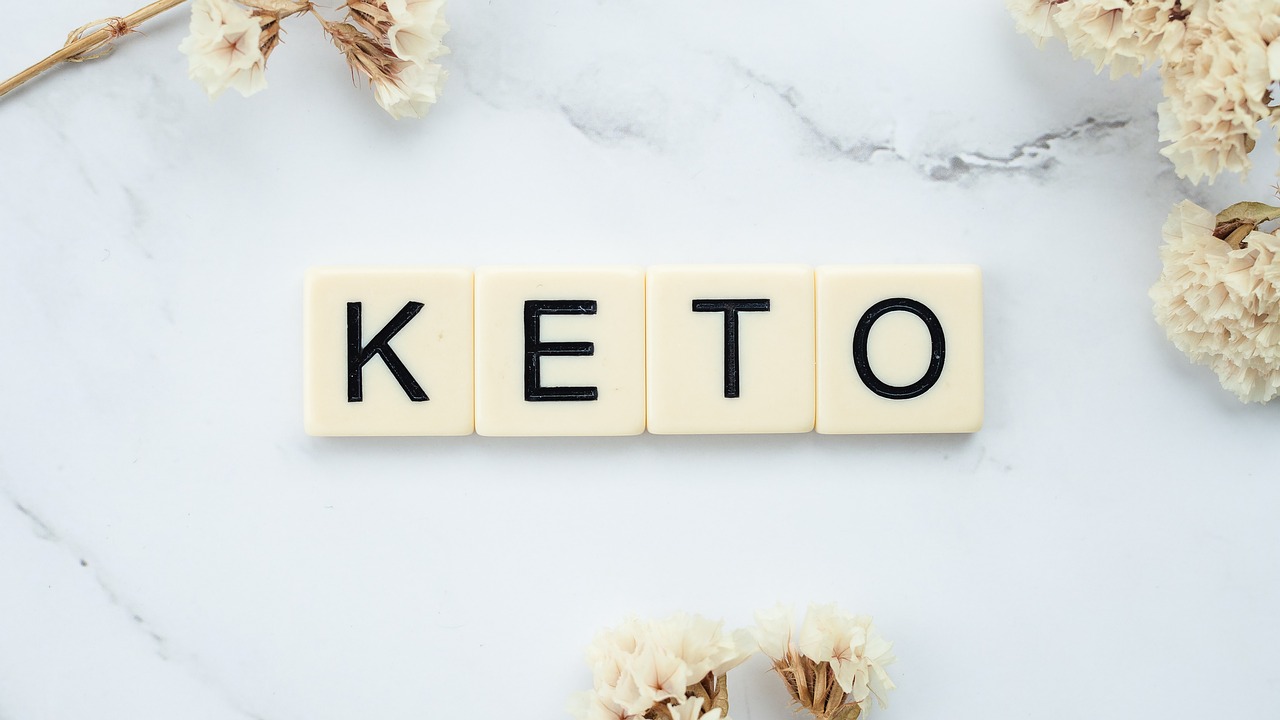Keto Meal Plan Tips: Simplify Your Path to Success
Meal planning is the cornerstone of a successful ketogenic diet. A well-structured keto meal plan helps you stay on track, saves time, and eliminates the stress of figuring out what to eat every day. Whether you’re a beginner or looking to streamline your keto lifestyle, these tips will help you create a sustainable and effective meal plan.
1. Start with the Basics: Keto Meal Plan Tips
Before diving into meal planning, understand the macronutrient ratios of a keto diet:
- Fats: 70–80% of daily calories
- Protein: 10–20% of daily calories
- Carbs: 5–10% of daily calories
Focus on whole, nutrient-dense foods that align with these ratios.
2. Build a Weekly Menu: Keto Meal Plan Tips
Creating a weekly menu simplifies grocery shopping and ensures variety. A balanced keto meal plan might include:
Check out this Keto Meal Planner to access done-for-you plans, grocery lists, and recipes tailored to your goals!
Breakfast Ideas:
- Scrambled eggs with spinach and avocado
- Keto pancakes with sugar-free syrup
- Chia seed pudding with almond milk
Lunch Ideas:
- Grilled chicken salad with olive oil dressing
- Zucchini noodles with pesto and grilled shrimp
- Bacon-wrapped asparagus with a side of hard-boiled eggs
Dinner Ideas:
- Garlic butter steak with sautéed broccoli
- Salmon baked with lemon and dill, served with cauliflower rice
- Keto-friendly casserole with ground beef, cheese, and zucchini
Snack Ideas:
- Cheese sticks
- Almonds or macadamia nuts
- Avocado slices with a sprinkle of sea salt
3. Batch Cooking is Your Friend: Keto Meal Plan Tips
Prepare meals in bulk to save time and reduce temptation. Cook large portions of proteins like chicken, beef, or salmon and pair them with roasted veggies or keto-friendly sides for easy meals throughout the week.
4. Focus on Keto Staples
Stock your pantry and fridge with these essentials to create quick and satisfying meals:
- Healthy fats: Olive oil, coconut oil, butter, ghee
- Protein sources: Eggs, chicken, beef, fish
- Low-carb vegetables: Spinach, kale, broccoli, zucchini, cauliflower
- Snacks: Nuts, seeds, cheese, and keto-friendly protein bars
5. Prep Smartly
Save time during busy weekdays by prepping ingredients in advance:
- Chop vegetables and store them in airtight containers.
- Hard-boil eggs for grab-and-go snacks.
- Precook meats and portion them for lunches and dinners.
6. Experiment with New Recipes
Keep your meals exciting by trying new keto recipes each week. Look for dishes like:
- Cauliflower pizza crust
- Keto-friendly stir-fries
- Low-carb desserts like cheesecake or fat bombs
7. Use Technology to Your Advantage
Apps like MyFitnessPal or Carb Manager can help you track your macros and ensure your meals fit into your daily carb and calorie limits.
8. Stay Flexible
Life happens, and sticking to a meal plan 100% of the time may not always be feasible. Have a few “emergency meals” ready, like keto-friendly frozen dinners or quick recipes, to avoid slipping off track.
9. Hydrate and Supplement Wisely
Drink plenty of water and consider supplements like magnesium, potassium, and sodium to support your body on keto, especially during the initial adjustment phase.
Final Thoughts
Meal planning on keto doesn’t have to be complicated. With a bit of preparation, the right tools, and a willingness to experiment, you can create delicious and satisfying meals that keep you in ketosis. Remember, consistency is key—stick to your plan, and you’ll see the results you’re aiming for.
Ready to simplify your keto meal planning?
🎯 Start Your Keto Success Today!
👉 Get Your Ultimate Keto Meal Plan Now
